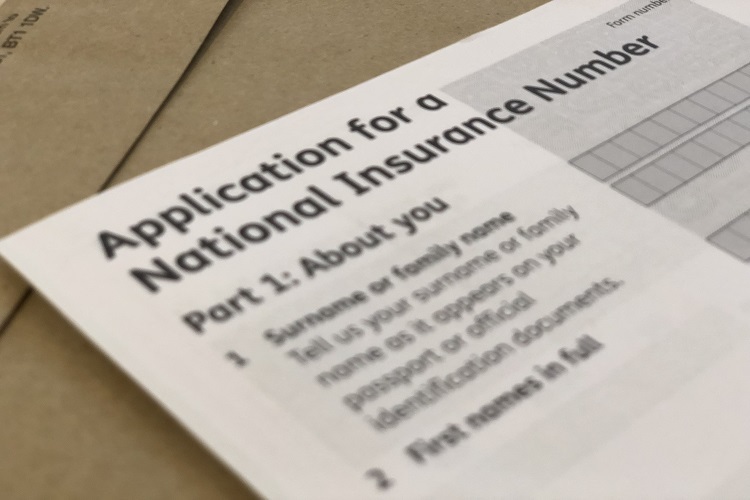If you are over the age of 16 and want to quality for certain UK benefits, including the State Pension when you retire, you will need to pay National Insurance Contributions (NICs) as part of your tax obligations to HMRC. You will also need to be an employee earning more than £166 per week, or be self-employed and making a profit of £6,365 or more per year.
Calculating your NICs eligibility is easily done as part of your self-assessment tax return filing, or your employment PAYE arrangements. Employees can see the details of their NIC payments that have been deducted at source on their payslips, while their self-employed counterparts will need to work out what they need to pay via their tax return calculations.
You can work out your earnings in precise detail using payslips, paper/electronic evidence of self-employed income, such as client invoices and bank records, plus any details of expenses you intend to deduct from your taxable income that have been recorded in a receipt management tool, software package or filing system. This will help you work out exactly how much you owe HMRC for both NICs and income tax purposes.
Table of Contents
Know your number
To start making NIC payments and building up your future entitlement to State Pension and other benefits, you will need to know your National Insurance number. This is set up for you when you turn 16 years old and remains the same throughout your entire life. As soon as you start making NICs, your payments will be recorded and tracked against your National Insurance number to make sure that you have contributed enough to qualify for the appropriate benefits when the time comes to claim them.
If you earn between £118 and £166 per week, your NICs will be treated as having already been paid, in order to protect your National Insurance record. Any earnings you make over the £166 weekly threshold will be subject to you making your own NICs.
Know your class
A system of various classes differentiates the amount of NICs you need to make, and the way in which they will be paid. The details are as follows:
Class 1: Employees who are earning less than £166 and are under State Pension age. NICs are paid directly by your employer, deducted from your pay at source via PAYE and detailed on your payslip.
Class 1A or 1B: These contributions are based on an employee’s expenses or benefits, as opposed to their main salary or wages, and are paid directly by the employer, again via PAYE with details on the payslip.
Class 2: Self-employed people earning more than £6,365 per year. If you earn less than that, you are not obliged to pay Class 2 NICs, but you can still make contributions voluntarily to help avoid any gaps in your National Insurance record.
Class 4: Self-employed people earning profits of over £8,632 per year. Class 4 NICs are calculated and settled via the self-assessment process and are often paid alongside Class 2 NICs.
More information
Some people will qualify for more than one class of NICs, for example if your main source of income comes from an employed position, but you also carry out paid, self-employed work alongside it. In this case, your employer would take your Class 1 contributions directly from your salary via PAYE, while you cover your Class 2 or 4 NICs yourself via your self-assessment tax return. The total amount of NICs you will need to pay in total will depend entirely on how much you earn as a combined income. Employers also have to pay National Insurance contributions for each of their eligible employees, with their rate depending on how much each separate employee earns.
There are a few exceptions for whom different NIC rules apply, including company directors and landlords running a property business. Check online to find out more if you think this applies to you. You can also read more about NIC classes and rates via the Government’s website: www.gov.uk, as well as what to do if you think you have overpaid NICs.


Comments